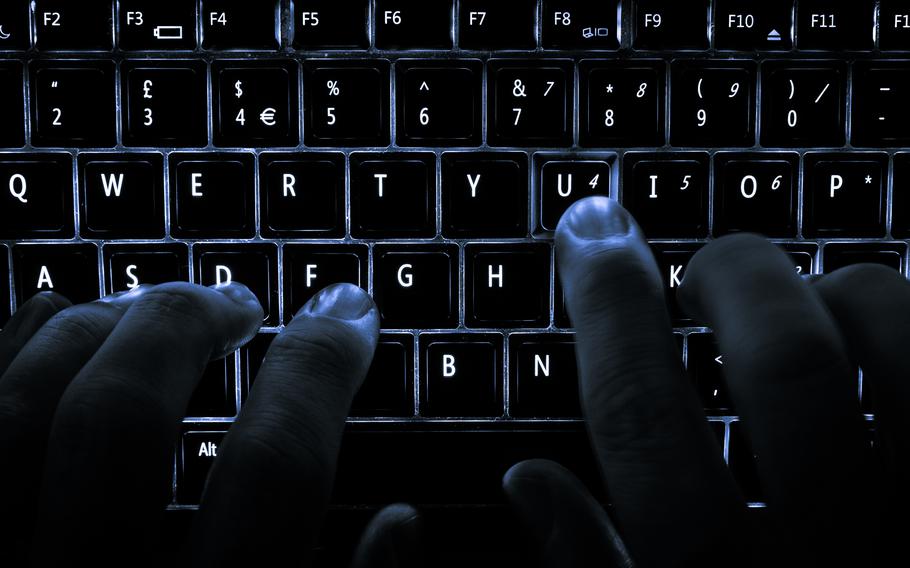
Governor Elvira Nabiullina had said in December that the bank would likely choose between another hold or an increase at the first rate meeting of this year, highlighting that while overheating in the economy needed to be reduced, “hypothermia” had to be avoided. (Wikimedia Commons)
Russia’s central bank kept borrowing costs at a record high for the second meeting, though held open the prospect it could tighten monetary policy at its next meeting to fight persistent inflation.
The Bank of Russia left the key interest rate at 21% on Friday. All economists surveyed by Bloomberg expected the move. Policymakers “will assess the need for a key rate increase at its upcoming meeting, taking into consideration the speed and sustainability of the inflation slowdown,” the central bank said in a statement. Returning inflation to target will require a longer period of maintaining tight monetary conditions in the economy than was forecast in October, it said.
Governor Elvira Nabiullina had said in December that the bank would likely choose between another hold or an increase at the first rate meeting of this year, highlighting that while overheating in the economy needed to be reduced, “hypothermia” had to be avoided. But since then, corporate and retail lending have continued to slow, according to central bank data.
Nabiullina unexpectedly slammed on the brakes at the end of last year, pointing to a sharp slowdown in lending. President Vladimir Putin had already acknowledged business concerns that the fight against inflation risked destroying an economy hit by sanctions over the invasion of Ukraine. The central bank hiked 5 percentage points last year.
Proinflationary risks “are associated with the ongoing upward deviation of the Russian economy from a balanced growth path and high inflation expectations, as well as with the deterioration in the terms of foreign trade,” the bank said. “Disinflationary risks involve a faster slowdown in lending growth and domestic demand under the impact of tightening monetary conditions.”
Annual price growth reached 9.52% in December, more than double the central bank’s target, with labor shortages propelling wages upward and production unable to keep pace with increasing demand. Data for January released later on Friday is expected to show an acceleration to 9.9%.
“Tight monetary policy should be sufficient for inflation to slow in the coming months,” Nabiullina told reporters in Moscow. Inflation at 10% is an “unacceptably high level,” she said.
Bank of Russia analysts said Feb. 4 that they saw no signs yet of a sustained slowdown in price growth. They stressed the importance not only of tight monetary conditions but also of complying with the 2025 budget law to return to low inflation.
The central bank on Friday revised upward its inflation forecast for 2025 to 7%-8% and said that current inflationary pressure still indicates the scale of the economy’s overheating.
“Hawkish communications suggest that policymakers are not going to bend to the will of businesses and politicians for lower rates anytime soon,” said Nicholas Farr, an Emerging Europe Economist at Capital Economics. “We think that interest rates are likely to remain on hold until the second half of this year, and that monetary loosening will be more limited than most others expect.”
The central bank improved its forecast for economic growth this year was to 1%-2%. Although gross domestic product increased 4.1% in 2024, economists polled by Bloomberg expect growth to slow to 1.5% in 2025.
Meanwhile, Putin and US President Donald Trump agreed to talks on ending the war in Ukraine during a phone call on Wednesday.
The ruble strengthened against the dollar on the over-the-counter market on the news. Nabiullina said that it was premature to include such negotiations in the base-line scenario and that everything depended on how the situation developed.
“Increased chances of sanctions and penalties being lifted are a positive factor for inflation,” Iskander Lutsko, head of Portfolio management at Istar Capital, said before the decision.
Still, state spending continues to rise, with January’s budget deficit exceeding the full-year target. The government’s huge financing of the economy potentially offsets the disinflationary effect of the slowdown in lending.
There’s “a serious risk” of the government’s annual expenditure being revised up this year, according to analysts at Alfa-Bank.
It’s “highly unlikely” that the key rate could be lowered without a slowdown in price growth and inflation expectations, Deputy Governor Alexey Zabotkin told reporters.